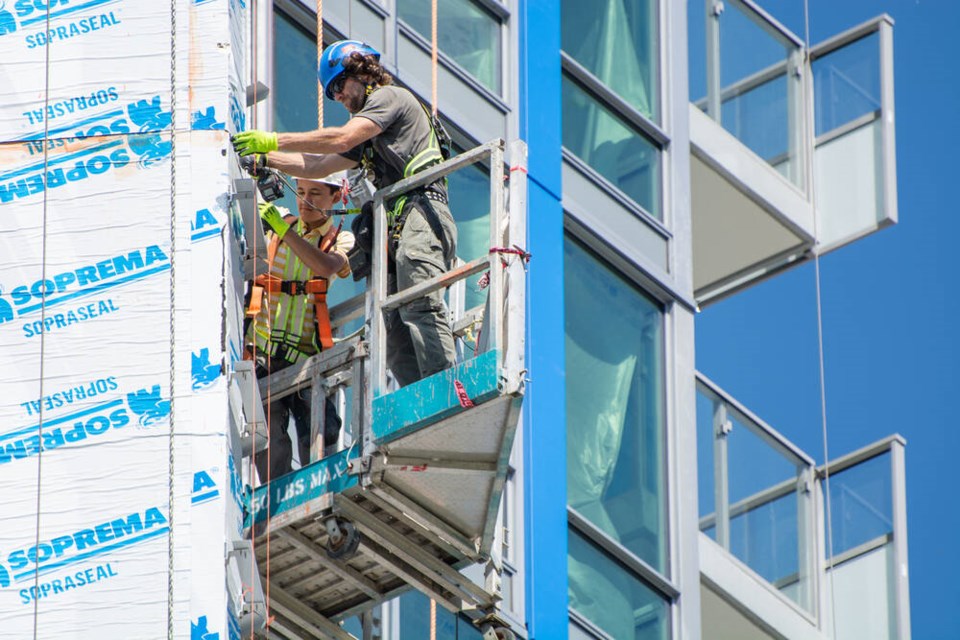Despite being put on the so-called "naughty list" last year, North Vancouver District is meeting the province’s housing targets.
In a report received by council on Nov. 4, municipal staff said the district completed 500 units in its first year of reporting, which started in October 2023. That exceeded the target of 499 set by the province.
In May 2023, the province announced that DNV was one of 10 municipalities that would receive housing targets. West Vancouver was also included in that list.
DNV’s annual target is a fraction of the 2,838 net new units to be completed over five years. That target is based on 75 per cent of the total provincial housing needs estimate (3,784 units) over the same period.
In the report, district staff said they’ve advised the province that there are many factors that impact the supply and capacity for new housing. Those include transit, environmental hazards, schools and market factors like interest rates.
“The district does not control the entire development process and is reliant on developers to complete housing projects,” reads the report.
Staff noted that much of the target numbers are generated by completion of larger, multi-family housing projects. Of the net new units, 364 units were multi-family, with 119 secondary suites, three coach houses and 14 single-family homes.
As of Sept. 30, 2024, the district had 3,033 multi-family units at different stages of development. Of those, 1,109 were under construction, 292 with a building permit in process, 40 approved without a building permit and 1,592 in the development permit stage.
The district has also taken other actions that align with meeting housing targets, including designating new transit-oriented areas, amending its zoning bylaw to allow a secondary suite and coach house on single-family lots, as well as partnering with other agencies to build supportive housing.
Rezoning for future development means council loses discretion
Mayor Mike Little said it was coincidental that the in-stream units were completed within the timeframe of the housing needs report.
“The target was outlined after these units would have been already through their approval process,” he said, noting there won't always so tight a correlation.
“It’s going to be interesting to see how the province responds to that, because we’re not in charge of the market forces that create the units,” Little said.
He also emphasized the difference between the district creating the capacity for new development via zoning, versus meeting specific targets for completed homes.
“In some cases, it’s very much driven by a specific project. They come forward for rezoning. They want to build 230 units in this one particular project, and that would account for additional density within the area,” Little said. “But … in most cases, it’s going to be about revisioning town centres and revisioning distribution of units ahead of a specific proposal, so that we have the capacity within our zoning for that to take place without requiring a rezoning."
Noting that the timing could be tight to meet targets over the next several years, Coun. Herman Mah asked staff what changes have been put in place to improve the development timeline.
DNV general manager of planning Dan Milburn said the district has improved processing times for development variance permits delegated to staff by around 30 per cent.
Milburn added that it’s important to note that rezoning for future development will take away from council’s discretion in what developments are approved.
“If a developer pays the fees, it’s a complete application and can demonstrate the minimum standards, the permit is issued. It must be under law. And that would be either a development permit or a building permit,” he said.
Once the district rezones, it loses control, Coun. Lisa Muri said.
“If we slowed the zoning, we still remain in control in order to determine how we were going to provide the community with the infrastructure needed,” she said, adding that the district has lagged behind in providing services that keep pace with development. “I think, as the years go by, there’s going to be a recognition that [the province’s approach] isn’t going to work."



